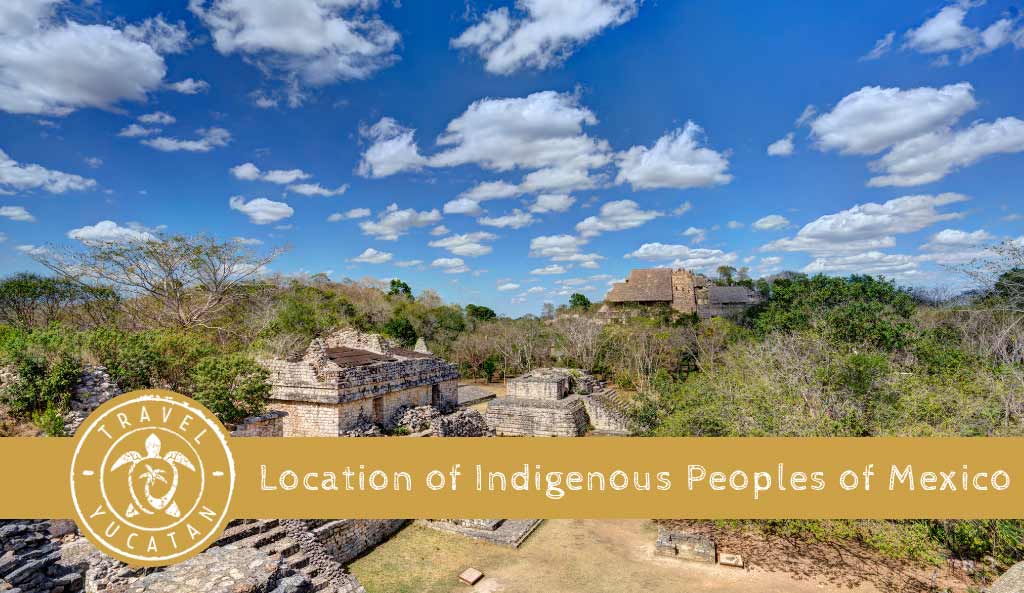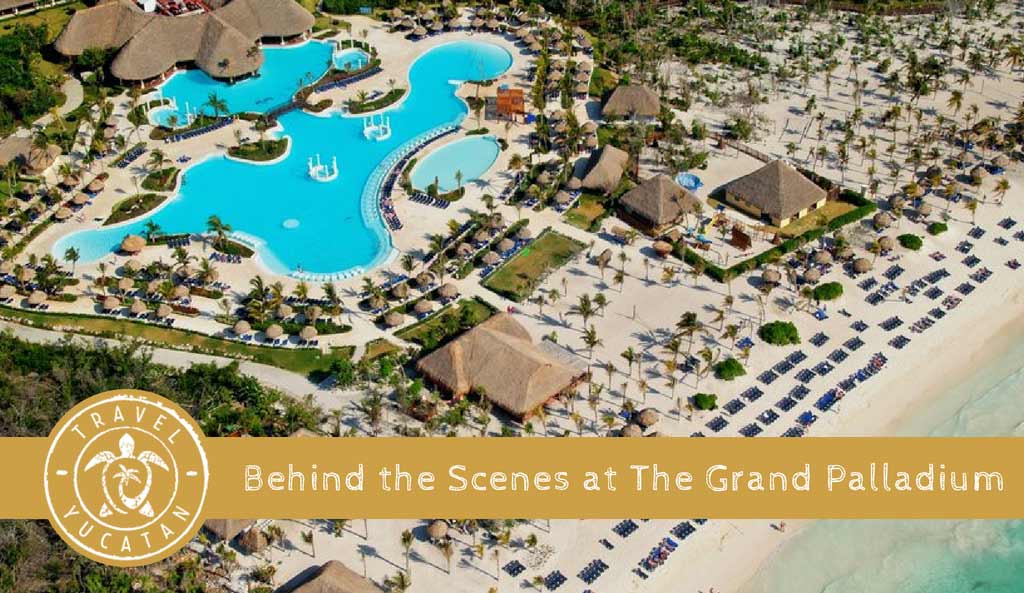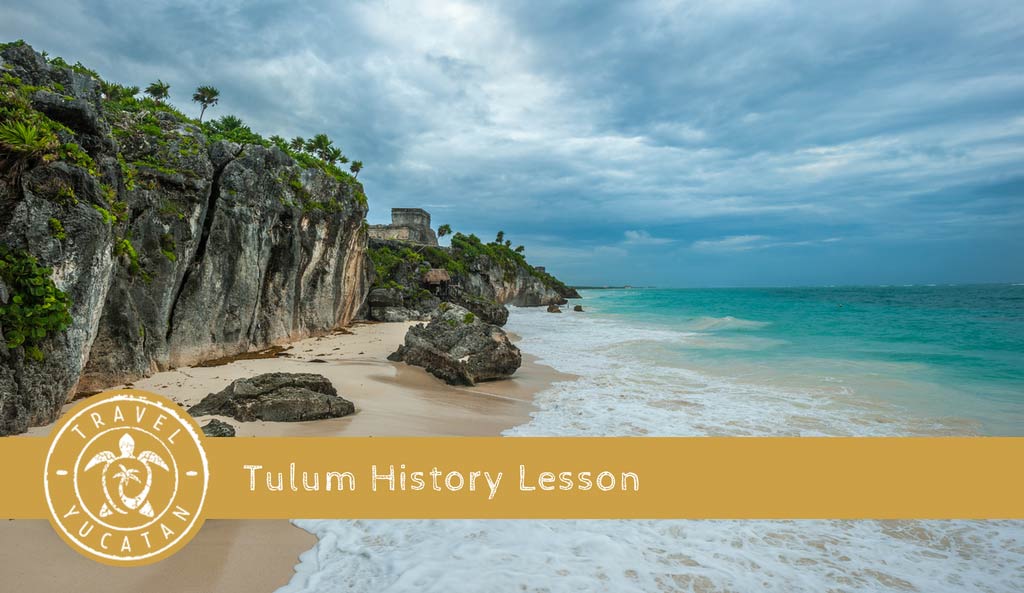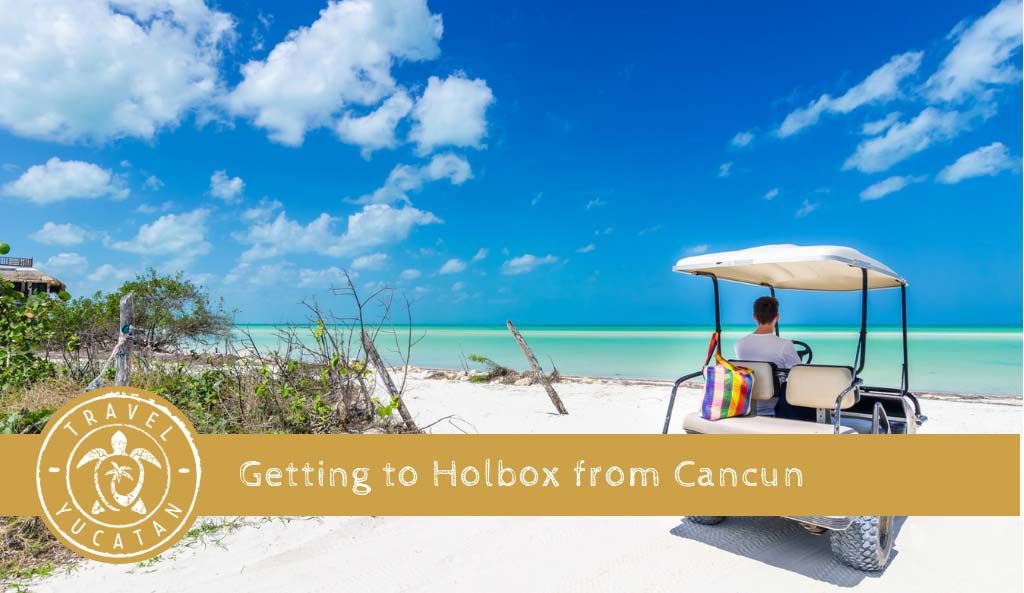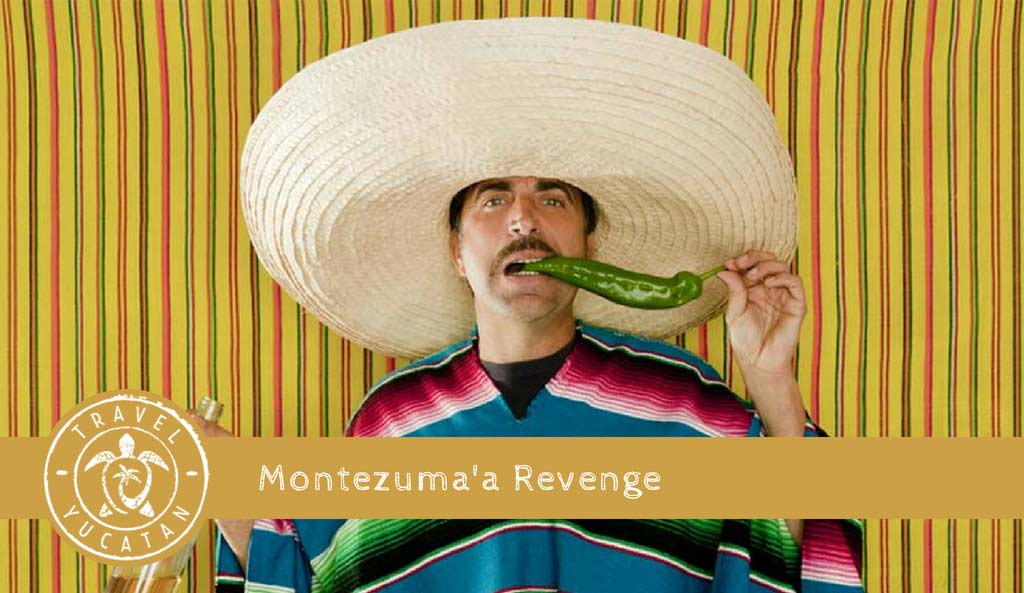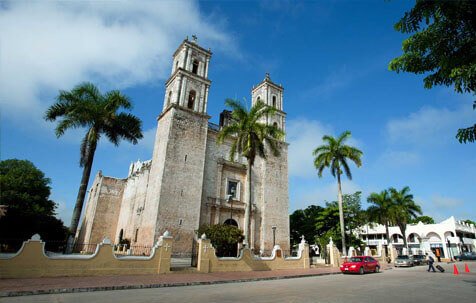Who are the Indigenous Peoples?
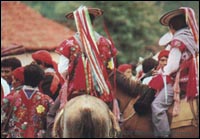
1. Since colonial times, there has been a great debate over the definition of who is indigenous. When the Europeans came into contact with the native populations, they ascribed the category of iindiosi to those groups and peoples who maintained their own identity and cultural specificity. This presumed a category of people who were different and inferior from a racial, cultural, linguistic, intellectual and religious viewpoint and served to justify and rationalize the colonial domination and the privileged position of the conquerors. This categorization constituted an annulment of the ethnic diversity and cultural specificity of the Indian population and by so doing cut off any possibilities for self-development or endogenous cultural evolution.
2. By virtue of this categorization as indios the indigenous peoples have continued to exist as colonial constructs linked to ethnic cultures that are considered inferior to the culture of the dominant order, and excluded from the nation’s normal life. The construction of an inclusive and democratic society would result in a gradual dissolution of the categories formed during the colonial period, and to the recognition of cultural and ethnic diversity, with a concomitant elimination of the existing prejudices of racial superiority.
3. There is a great amount of ethnographic information available for each of Mexico’s indigenous groups. This national profile, drawing on this information, confirms the fact that these indigenous populations continue to be the powerless in a system of asymmetric power relations characterized by inequities, injustice, and the exclusion of the indigenous population.
4. There is a great spectrum of indigenous populations in Mexico ranging from groups with solid ethnic identities and large numbers of population to small groups surviving at the margin of extinction. Nevertheless, all these groups must be recognized as historical social entities that have demonstrated a capacity for long-term sustainability and permanence within a territory where they were once autonomous. Today these groups aspire to reproduce and continue their social, cultural, political and religious patterns. The contemporary indigenous organizations are mobilizing their energies and demands to de-colonize and eliminate the category of Indiana in order to recover their own identity and take charge of their own history and destiny.
Definition of Indio
Definition of indigenous and ethnic according to Guillermo Bonfil Batalla, “The Concept of Indigenous in America: a Colonial Construct.”
[indio] is a supra-ethnic categorization which does not denote a specific cultural content to the groups to which it is ascribed. Rather, it is a categorization which implies a particular relation between the indios and the other sectors of the global social system of which they are a part. The category of indio then denotes a condition of colonized, and has, of necessity, a colonial referent. The indio is born when Columbus took possession of Hispaniola in the name of the Catholic Kings. Before the European discovery, the population of the American continent was formed of a great number of different societies, each one with its own identity, and each with different levels of social evolution, ranging from the great Mesoamerican and Andean civilizations to the bands of hunters and gatherers of the Amazonian forests.”
International Labour Organization
Convention 169 Pertaining to Indigenous Populations
Part 1: General Policy
Article I
1. The present convention applies to:
a) Tribal groups in independent countries whose social, cultural and economic conditions distinguish them from other sectors of the national society, and who are governed totally or partially by their own customs or other special legislation;
b) Peoples in independent countries considered as indigenous by the fact of descent from original inhabitants of the country or one of its specific regions during the colonial period or colonization, or from the establishment of currently existing state borders, and that retain, regardless of their judicial status, their own social, economic, cultural and political institutions or parts of them.
2. The self-recognition of their cultural or tribal identity should be considered as a fundamental criterion to determine the groups to whom the present convention applies.
3. The use of the term “peoples”in this convention should not be interpreted in the sense of that which implies rights to the use of such a term according to international rights.
ILO Provisional Acts, Seventy-seventh Meeting, Geneva, 1989
Incorporated to the National Mexican Legislation
World Bank Definitions
3. The term “indigenous Peoples”, “indigenous ethnic minorities”, “tribal groups”, “scheduled tribes”, describe social groups with a social and cultural identity distinct from that of the dominant society which renders them vulnerable to being disadvantaged in the process of development. For purposes of this Directive, the term “indigenous peoples” will be used to refer to these groups.
The indigenous peoples can be identified and possess, in differing degrees the following characteristics:
a) attachment to ancestral territories and to their natural resources;
b) self-identification, and identification by others, as members of a distinct cultural group;
c) an indigenous language, often different from the national language;
d) presence of customary social and political institutions, and;
e) systems of production primarily oriented towards self-subsistence.
World Bank, Operational Directive OD 4.20: Indigenous Peoples, September, 1991
What is a Community for Us Indigenous People?
A territorial space demarcated and defined by possession
- A common history, communicated orally and from one generation to the next
- A variant of a language of the original peoples with whom we identify
- An organization which defines the political, cultural, social, civil, economic, and religious
- A communal system of defining and administering justice
In order to understand each one of these elements there must be a commonality of concepts about what constitutes communal, collective, complementary and integral whose terms are defined as follows:
- The earth as mother and as our territory
- Consensual assemblies for decision-making
- Free services by authorities in the service of the community
- Collective work as a recreational and social act
- Rites and ceremonies as expressions of communal rights
Floriberto Diaz, More than Things, with People: The Communal Geometry, Revista Ojarasca, Mexico, Nov. 1997
5. The inescapable and obvious Mexican reality is the cultural diversity of its indigenous population interacting with other mestizopopulations. Because of this, Mexico is a multicultural, multi-linguistic country with two types of civilizations in contact for the past 500 years. The process of interaction is not only one of historic syncretism but also of the differentiation and amalgamation of various populations. The cultural diversity of indigenous populations has its origins in the heterogeneity of the pre-Hispanic cultural panorama and the various forms of appropriation and occupation of the land which took place during the formative periods of the societies which are today at various stages of articulation in the Mexican society. It is therefore noteworthy, that there is no legal definition in Mexico of what constitutes the indigenous population as is the case in other countries. Neither are biological or racial definitions in use, although in the common language the term “indigenous race” is still sometimes used (although without any scientific or anthropological foundation, as with other racial terminology).
Geographic Distribution of Indigenous Peoples
6. The indigenous population is distributed over all the states of the Mexican Republic and the Federal District of Mexico City, the nation�s capital. A typology of various states can be postulated as follows:
Typology of States with and without Indigenous Populations
- States with a high level of indigenous population living in their traditional areas of occupation
: Campeche, Guerrero, Hidalgo, Oaxaca, Puebla, Quintana Roo, San Luis Potosi, Veracruz, and Yucatan. - States with a medium level of indigenous population in their traditional areas of occupation: Chihuahua, D.F., Durango, Mexico, Michoacan, Morelos, Nayarit, Sonora, and Tabasco.
- States with a low level of indigenous population in their traditional areas of occupation: Baja Californa, Cohauila, Colima, Guanajuato, Jalisco, Queretaro, Sinaloa and Tlaxcala.
- States without an original indigenous population but with indigenous immigrant populations: Aguascalientes, Baja California South, Nuevo Leon, Tamaulipas, and Zacatecas.
7. The states with the largest indigenous population are those which have the lowest level of development due to the state policies and politics which have limited federal and state budgetary allocations and investment in indigenous peoples. These states contrast starkly to the highly developed states with few or no indigenous peoples. This imbalance is due to the little importance given by the state and private initiative to the indigenous peoples as productive social entities in their own right.
Municipalities and Communities
8. The same low levels of development seen at the state level apply to the municipalities and communities of the country classified according to the presence or absence of indigenous groups.
Typology of Municipalities with Indigenous Populations
1. Indigenous Municipality and Municipal Seat: Where both the municipality and its seat are indigenous and there are no dispersed or settlements as defined by the census. Examples are Tahtziu, Yucatan; Huautla de Jimenez, Oaxaca.
2.Indigenous Municipality and Communities: Where the municipality consists of communities or settlements indigenous in the majority of population. Examples are: Chankom, Yucatan; San Juan Chamula, Chiapas; Uxila, Oaxaca; Jesus Maria, Nayarit.
3.Municipalities with a non-Indigenous center and with peripheral Indigenous Communities where the seat of the municipality consists of a mestizo majority and the communities are essentially indigenous. Examples are: Creel, Chihuahua; Guaymas, Sonora; El Fuerte, Sinaloa.
4.Multi-ethnic Municipalities, with a municipal seat including Indigenous Communities. Examples are: Ciudad Santos, San Luis Potosi; Huejutla, Hidalgo; Ocosingo, Chiapas; Cuetzalan, Puebla; Matias Romero, Oaxaca.
Table 2.1 Indigenous Municipalities in Mexico
| Indigenous Municipalities | 1990 | 1995 |
| Number of municipalities in Mexico | 2,403 | 2,248* |
| Municipalities with indigenous language speakers | 2,359 | 2,315 |
| Municipalities with over 70 percent EIP** | 556 | 556 |
| Municipalities with 30 percent to 69 percent EIP | 247 | 247 |
| Municipalities with >30 percent EIP | 803 | 803 |
| Municipalities with 0-29 percent EIP | 753 | 709 |
| Municipalities without EIP | 44 | 113 |
*In the final results of the Population and Housing Census 1995, there were 2,428 municipalities while in 1997 there were 2,434 registered.
**EIP: Estimated Indigenous Population. Estimated by theInstituto Nacional Indigenista.9. The large number of indigenous language speakers (ILS) in virtually all the municipalities in the country is due to the strong out-migration patterns in indigenous communities. The few municipalities with no ILS are those which traditionally have experienced little in-migration. The consequences of this are addressed in a subsequent chapter. The municipalities which show the high percentages (over 70 percent and 30-60 percent) of ILS* are the traditional indigenous communities.
Table 2.2 Indigenous Settlements in Mexico
| Settlements | 1990 | 1995 |
| Total number of settlements in Mexico | 156,602 | 201,138 |
| Settlements with over 70 percent ILS* | 13,179 | 11,924 |
| Settlements with 30 percent to 69 percent ILS | 4,359 | 5,523 |
| Settlements with fewer than 30 percent ILS | 26,680 | 22,419 |
Settlements identified in the Population Census.Instituto Nacional de Estadística, Geografía e Informática.(INEGI).
*ILS.- Indigenous Language SpeakersInstituto de Ecologia, UNAM
